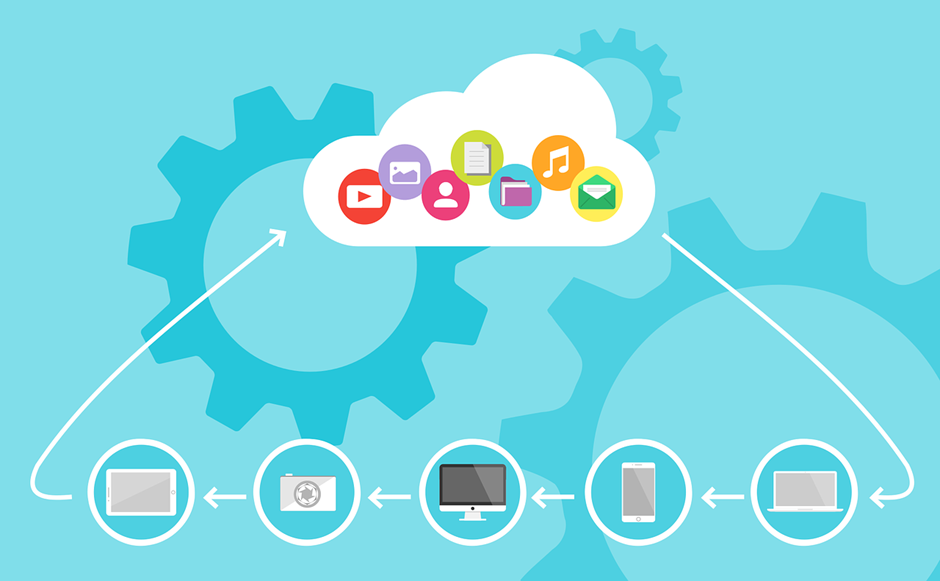Businesses use PCB design software, also referred to as electronic design automation (EDA) software, to create printed circuit boards (PCBs) for electronic devices. For schematic capture, component placement, routing, and the creation of manufacturing output, it has a variety of tools and features.

How PCB Design Software are useful for businesses?
Streamlines design process: Design process is made more efficient by PCB design software, which offers a variety of tools and features to make schematic diagrams, place components, and route connections. As a result, designing a PCB takes less time and effort, freeing up time for businesses to concentrate on other important tasks.
Enhances design accuracy: PCB design software comes with tools and features to check the design for flaws and make sure it complies with the necessary requirements. This lowers the possibility of mistakes and increases design accuracy, improving the quality of the final product.
Enables collaboration: Collaboration is made possible by PCB design software, which enables interaction between designers, engineers, and manufacturers as they all work on the same design. As a result, sharing and reviewing design files takes less time and effort, increasing productivity.
Reduces manufacturing costs: PCB design software includes tools and features to optimise the design for manufacturing, lowering the possibility of manufacturing errors and boosting manufacturing effectiveness. As a result, manufacturing expenses are decreased and overall product quality is raised.
Supports innovation: PCB design software gives companies the tools and features to make inventive designs, enabling them to set their products apart from those of rivals. For businesses, this may result in higher sales and income.
Conclusion
In conclusion, PCB design software is a potent tool that helps companies create printed circuit boards for electronic devices. For businesses of all sizes, it is an invaluable tool because it streamlines the design process, enhances design accuracy, fosters collaboration, lowers manufacturing costs, and fosters innovation.
